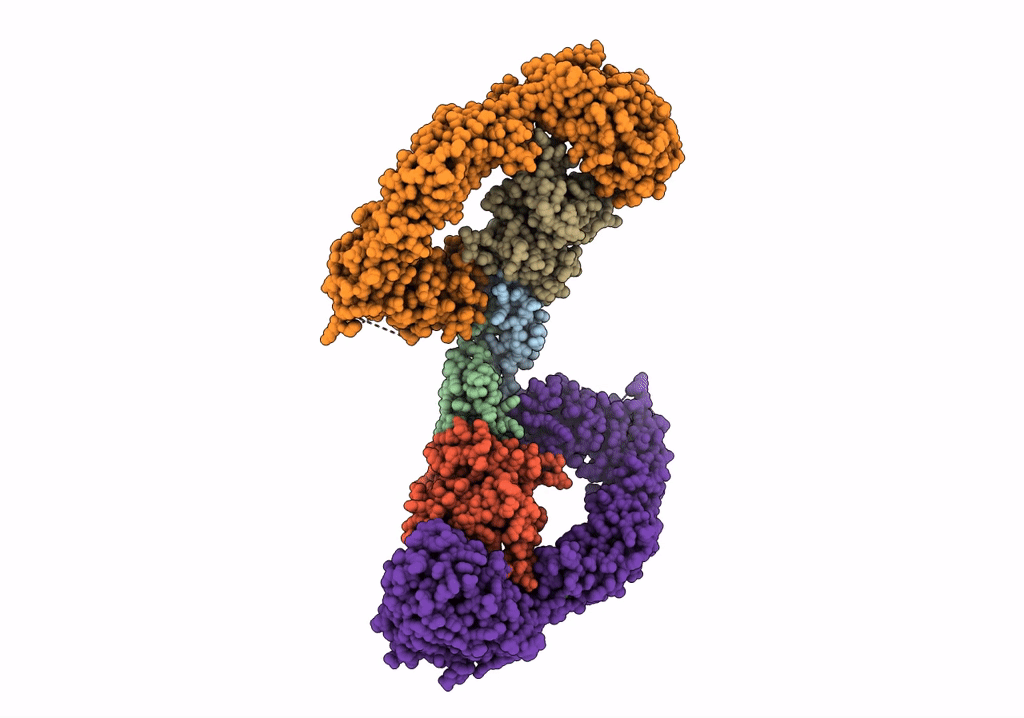
Deposition Date
2019-08-08
Release Date
2019-10-02
Last Version Date
2024-10-30
Entry Detail
PDB ID:
6Q2N
Keywords:
Title:
Cryo-EM structure of RET/GFRa1/GDNF extracellular complex
Biological Source:
Source Organism:
Homo sapiens (Taxon ID: 9606)
Host Organism:
Method Details:
Experimental Method:
Resolution:
4.40 Å
Aggregation State:
PARTICLE
Reconstruction Method:
SINGLE PARTICLE


